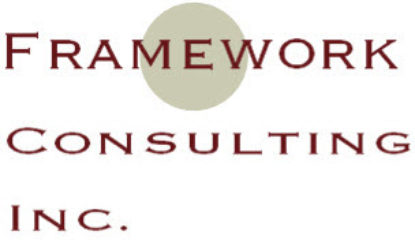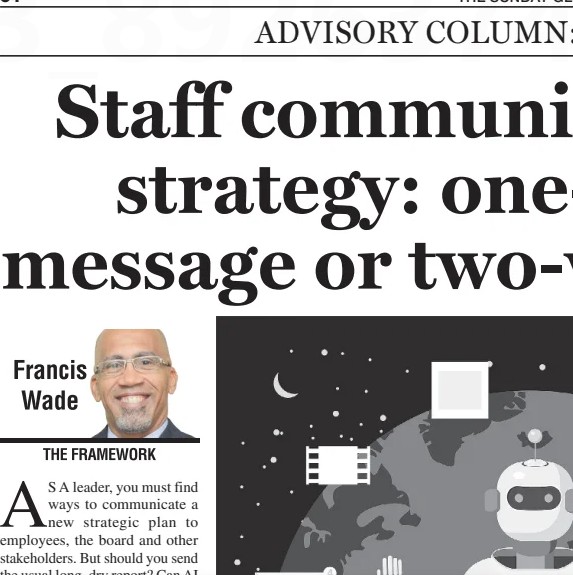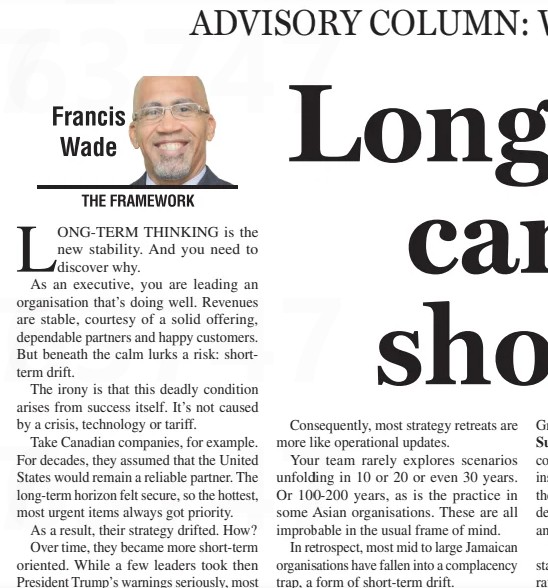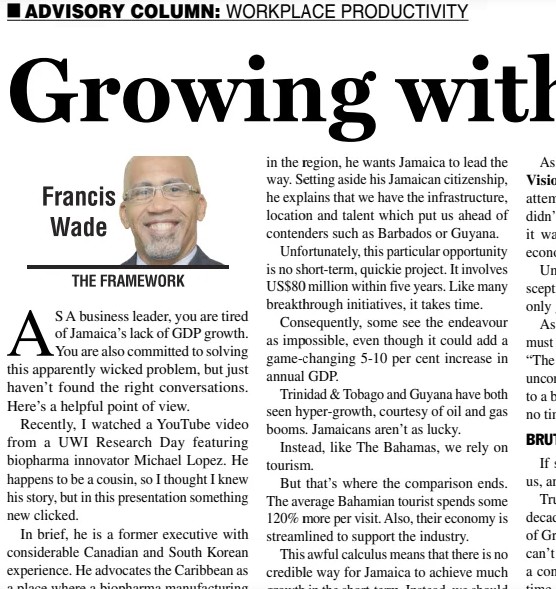When companies embrace long-term, aspirational strategic thinking, they often stumble upon a neglected truth: not all stakeholders have a voice. Some are silent—like the natural environment, social infrastructure, or even future generations. These sometimes non-human entities are easily overlooked because they don’t speak up, file lawsuits, or stage protests. Yet, their well-being may determine the future success or failure of your organization.
Consider the Hotelier’s Dilemma
Imagine you’re a hotel owner. Guests praise your beachfront property—drawn to the beauty, the warmth of the staff, and the authentic local culture. You enjoy a reputation built over decades, and visitors return annually, treating your resort like a second home.
But as you prepare for your next strategic planning retreat, the future doesn’t look quite as sunny. The once-pristine beach is eroding year by year. Crime in the nearby community is inching upward. Long-time guests are beginning to voice their concerns—some loudly. And deep down, you know they’re right.
These aren’t new problems. You’ve noticed the beach disappearing one foot at a time. The rising tension in the community isn’t news either. But like the proverbial frog in warming water, you’ve adapted, explaining it all away as “the cost of doing business.” Worse, your previous attempts to raise these concerns during past meetings were met with polite nods and quick pivots to more “urgent” topics.
Now, as your team embarks on a long-term strategy session—looking ahead 15, 20, even 30 years—you sense a chance. These issues can no longer be swept under the rug. But how do you surface them meaningfully, especially when they don’t fall neatly into traditional stakeholder categories?
Step 1: Rethink What a Stakeholder Is
In most boardrooms, a stakeholder is understood to be anyone with a vested interest in your company’s activities—customers, employees, shareholders, suppliers, regulators. The common thread? They’re human, vocal, and often powerful.
But in the context of long-term strategy, that definition is limiting. It omits key players—those without voices—who nonetheless play a pivotal role in your enterprise’s future. These silent stakeholders might include:
- A fragile ecosystem like a beach or watershed.
- A vulnerable public utility or road network.
- An endangered product ecosystem or supply chain.
- A future executive team that hasn’t been born yet.
These stakeholders don’t show up in your inbox or on quarterly earnings calls, but ignoring them could cost your company everything.
Step 2: Understand the Nature of Silent Stakeholders
What makes these stakeholders “silent”? They don’t complain when mistreated. They don’t strike or picket. They may be conceptual, abstract, or not yet in existence. But their relevance to your organization’s future is profound.
Take that eroding beach. Today, it’s a scenic asset. Tomorrow, it could be the reason your tourism business collapses. Or consider the future leaders of your company. Today, they’re in primary school—or not even born. Yet your decisions now will shape the environment they inherit, including the problems they’ll be tasked with solving.
These aren’t philosophical musings. They are strategic realities. And recognizing them is the first step toward future-proofing your enterprise.
Step 3: Spot Silent Stakeholders in Real Time
It’s tempting to generate a list of silent stakeholders as a pre-work exercise. While useful, such lists are often constrained by the current thinking of participants. Instead, look for these stakeholders as you build your strategy.
One helpful tool comes from the Strategy Map framework by Robert Kaplan and David Norton. Traditionally, it includes a “customer perspective,” encouraging companies to view their operations through the eyes of customers. But you can go further. What if you considered how the strategy looks from the viewpoint of a future community member, a depleted aquifer, or a degraded coastline? Or even an abstraction like a supply chain or business ecosystem?
In sessions I’ve led, teams begin to see these non-traditional entities not as passive resources, but as active partners in a long-term relationship. A beach becomes more than a commodity—it’s a co-steward of your brand. A road system isn’t just infrastructure—it’s part of your delivery promise. A stable climate isn’t background noise—it’s foundational to your survival.
Step 4: Make the Strategic Case
Some executives will push back. “We can’t worry about what we can’t control,” they’ll say. But that’s a false dichotomy. You don’t need direct control to take action. Awareness and influence can be just as powerful.
To make the case, bring stories. Describe the hotelier who ignored the early signs of decay, only to face a PR and revenue crisis later. Highlight how failing to address today’s issues amounts to borrowing against the future—without consent.
Silent Stakeholders Are Strategic Stakeholders
Your company’s future doesn’t only depend on customers and cash flow. It hinges on the entities that can’t speak for themselves but whose health and presence are essential to your strategy. These silent stakeholders are often the canaries in the coal mine—overlooked until it’s too late.
As you engage in long-term planning, don’t wait for them to raise their voices. They never will. But their impact will be felt—whether you choose to listen or not.
Closing Thought
Silent stakeholders shape your future—whether a beach, a community, or unborn leaders. Ignoring them risks irreversible damage. Today’s strategy must speak for those who can’t. Will you listen before it’s too late?








